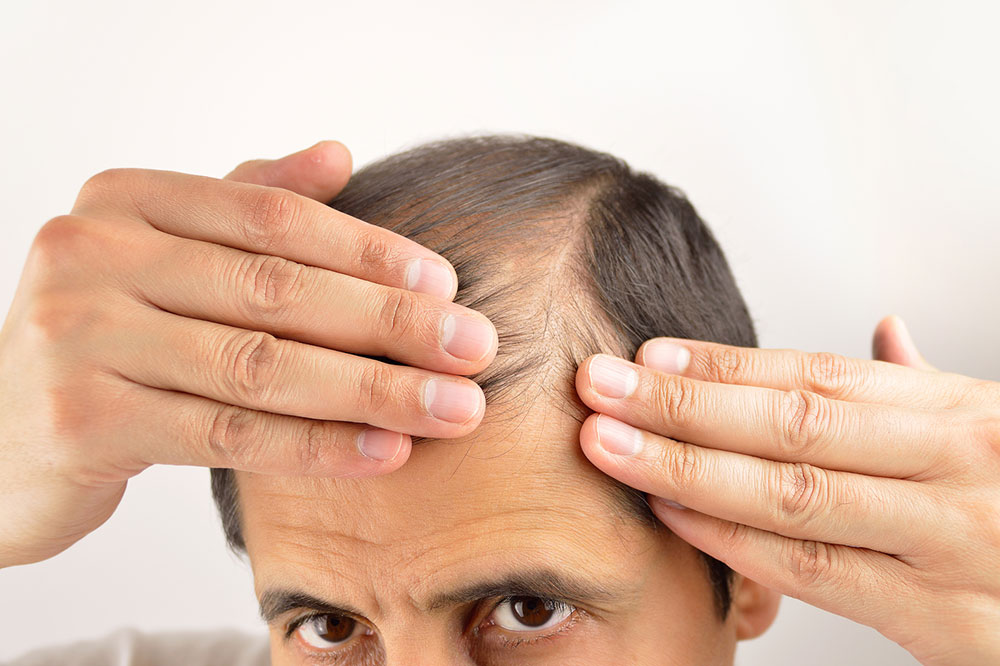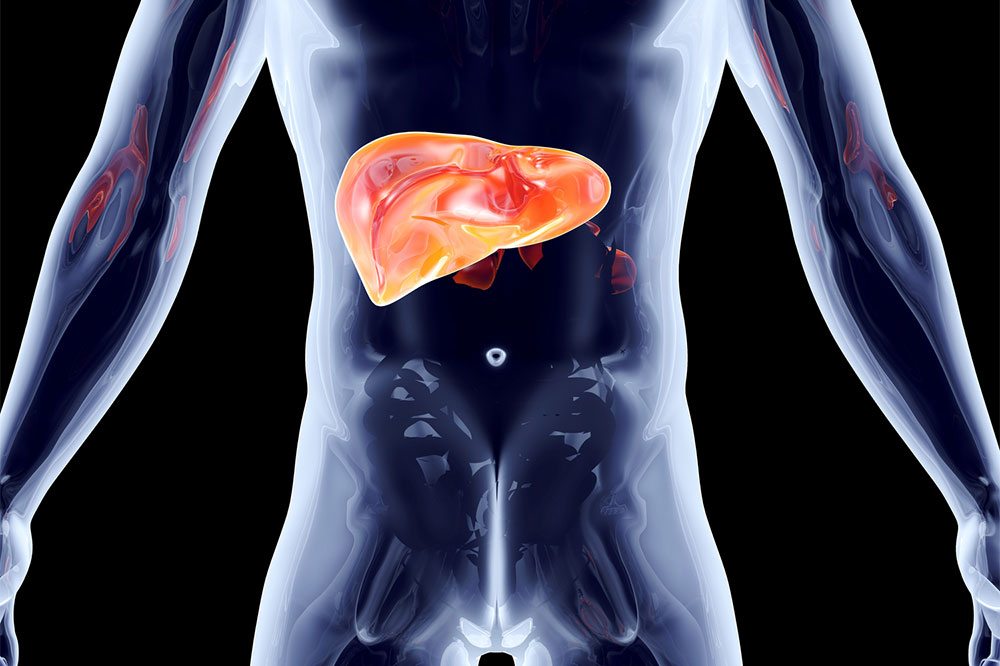9 most common types of depression you should know about

All of us feel low, upset, and unmotivated at some point in our life, but this isn’t classified as depression. Depression is a mood disorder that overshadows a person’s thoughts, feelings, and actions. Signs and symptoms of this grave disorder can range from feeling hopeless and tired to completely losing the will to live. There are several types of depression and they are listed below so you can understand depression and people suffering from it better.
- Major Depression (Clinical Depression)
The hallmark trait of this type of depression is the constant feeling of sadness or loss of interest in social life or any outside stimuli. It often lasts for two weeks or more in which a person can experience symptoms such as hopelessness, fatigue, and suicidal thoughts.
- Dysthymia (Persistent Depressive Disorder)
Dysthymia lasts for years and can disrupt daily life and interfere with personal and professional relationships. Individuals with dysthymia are often seen as dark, pessimistic, or complainers by others, and they have a hard time being happy in typically pleasant situations.
- Manic Depression (Bipolar Disorder)
People with manic depression experience high degrees of mood swings. Their train of thought can take them from feeling euphoric to feeling suicidal in just a few weeks. It is very common to get into a depressive state before or after the manic episode.
- Postpartum Depression (Peripartum Depression)
This depression episode is characterized by dramatic hormonal changes in women after giving birth. They may tend to experience bouts of sadness and cry anytime. The symptoms usually alleviate after a week or two of giving birth.
- Seasonal Affective Disorder (SAD)
People with this type of depression start experiencing depressive symptoms with a change in seasons. For many, it happens during winter. The individual starts feeling worse as the season progresses and can even have suicidal thoughts.
- Psychotic Depression
Some people with major depression lose touch with reality from time to time. The symptoms can involve hallucinations and delusions, in addition to the regular depressive disorder symptoms.
- Premenstrual Dysphoric Disorder (PMDD)
This is a hormone-based mood disorder that is cyclical in occurrence. It’s considered to be an intense form of premenstrual syndrome (PMS). While the majority of women experience PMS, only around 5% of them suffer from PMDD, which greatly disrupts their social life.
- Atypical Depression
Atypical depression is actually not unusual or rare. It is characterized by depressive symptoms following a positive event. This is what is atypical about this type of depression. The symptoms can be oversleeping, overeating, irritability, and relationship problems.
- Situational Depression (Reactive Depression/Adjustment Disorder)
It’s a short-term depression that can happen after an individual goes through a traumatic experience such as divorce or loss of a loved one. It can also happen if a person suddenly experiences overwhelming amounts of changes in their daily life.







